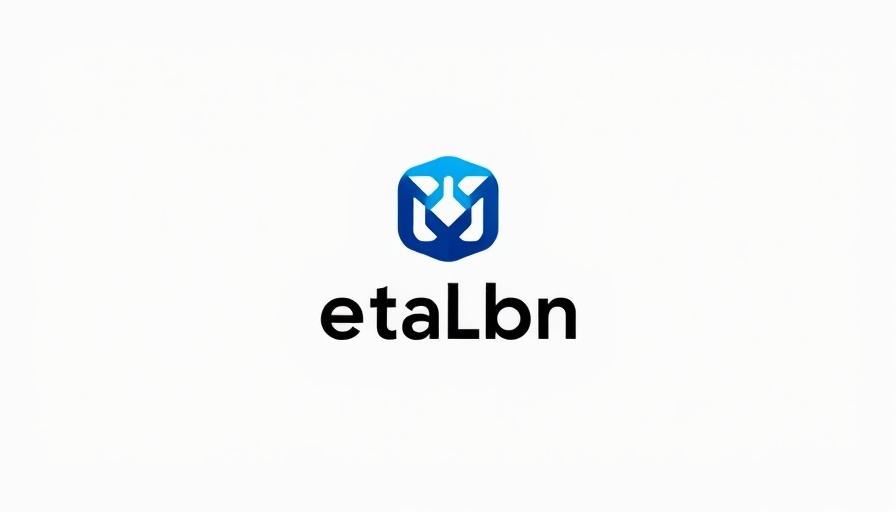
The Foundation of Trust: Understanding Loyalty in Relationships
In a world often tainted by stories of infidelity, the quest for genuine loyalty remains a guiding light for many. Trust is paramount in any relationship, and while some may view the concept of unwavering commitment as antiquated, loyalty is alive and well—but it often resides in specific traits of certain individuals. For business owners and leaders looking to foster enduring relationships with clients or partners, recognizing the key behaviors that signify true loyalty can significantly enhance relational dynamics and trust within their professional circles.
1) Integrity Over Impulse: The Core of Loyalty
Men who embody loyalty place a high value on integrity. They don’t just remain faithful out of obligation; it’s a reflection of their character. As business owners often face temptations to compromise on ethics for short-term gains, loyal individuals resist such impulses. Just as loyal partners consciously choose their commitments, leaders who prioritize integrity cultivate trust—both within their teams and with their clients. This steadfast adherence to personal values translates into a business culture where ethical behavior flourishes.
2) Open Communication: Bridging Emotional Distances
Another hallmark of truly loyal individuals is their capacity for honest communication, even during uncomfortable conversations. Many entrepreneurs can relate to the discomfort that comes with addressing tough topics; however, suppressing issues only results in deeper rifts over time. Just as it’s critical for a man to air his feelings to maintain a relationship, business partners must engage in transparent dialogues to navigate conflicts effectively. Honest communication is the bedrock of enduring partnerships.
3) Prioritizing Character: The Long Game
Character is often revealed when no one is observing. Loyalty thrives not just from fear of being caught but from a genuine commitment to doing what’s right. For business leaders, this means making choices that not only serve immediate interests but also contribute positively to the community and their teams. Such leaders inspire loyalty among their employees, who see their integrity and are likely to mirror it in their own professional relationships.
4) Emotional Intimacy as a Priority
Understanding that emotional connection is as important as professional achievements informs a truly loyal individual’s approach to relationships. This applies to personal interactions and client relationships. A loyal partner will invest time in understanding their needs, while business owners must strive to appreciate their clients’ concerns and aspirations. This emotional investment creates an atmosphere of trust and loyalty.
5) Genuine Interest in Others
Loyal men earn their titles by showing genuine interest in their partners' lives. Similarly, successful business leaders engage deeply with their team members by understanding their personal and professional goals. This approach not only builds stronger interpersonal relationships but also aligns team goals with individual aspirations, fostering a cooperative and motivated workforce.
6) Actions Speak Louder than Words
Consistency in actions affirms one's loyalty far better than words. In personal relationships, loyal partners demonstrate their commitment through actions that reassure their partners of their dedication. Business leaders must do the same with their teams—showing through consistent support and recognition that they are committed to their employees’ well-being and success.
7) Setting Boundaries: Respecting Relationships
A loyal man knows how to set boundaries, which is equally vital in business. Clear boundaries not only protect personal relationships from temptation but also foster a work environment based on respect and professionalism. Leaders must be proactive in establishing these boundaries within their teams whilst cultivating a culture where employees feel empowered to advise one another in maintaining their professional integrity.
8) Prioritizing Partnership as Equals
Successful relationships thrive on equality and mutual respect. In business, fostering an environment where every voice is heard and valued leads to enhanced loyalty among team members. When employees feel valued as equals, their loyalty to the organization strengthens, bolstering organizational effectiveness and resilience.
Conclusion: Cultivating Loyalty in Business
Loyalty is a significant asset—whether in personal relationships or business. By recognizing and nurturing the traits that foster a culture of loyalty, business owners can ensure that their teams, clients, and stakeholders feel valued and committed to the organization. As a cornerstone of trust and collaboration, genuine loyalty presents immense opportunities for growth and success. So, invest time in the relationships you cultivate, and watch how they flourish.
 Add Row
Add Row  Add
Add 




Write A Comment